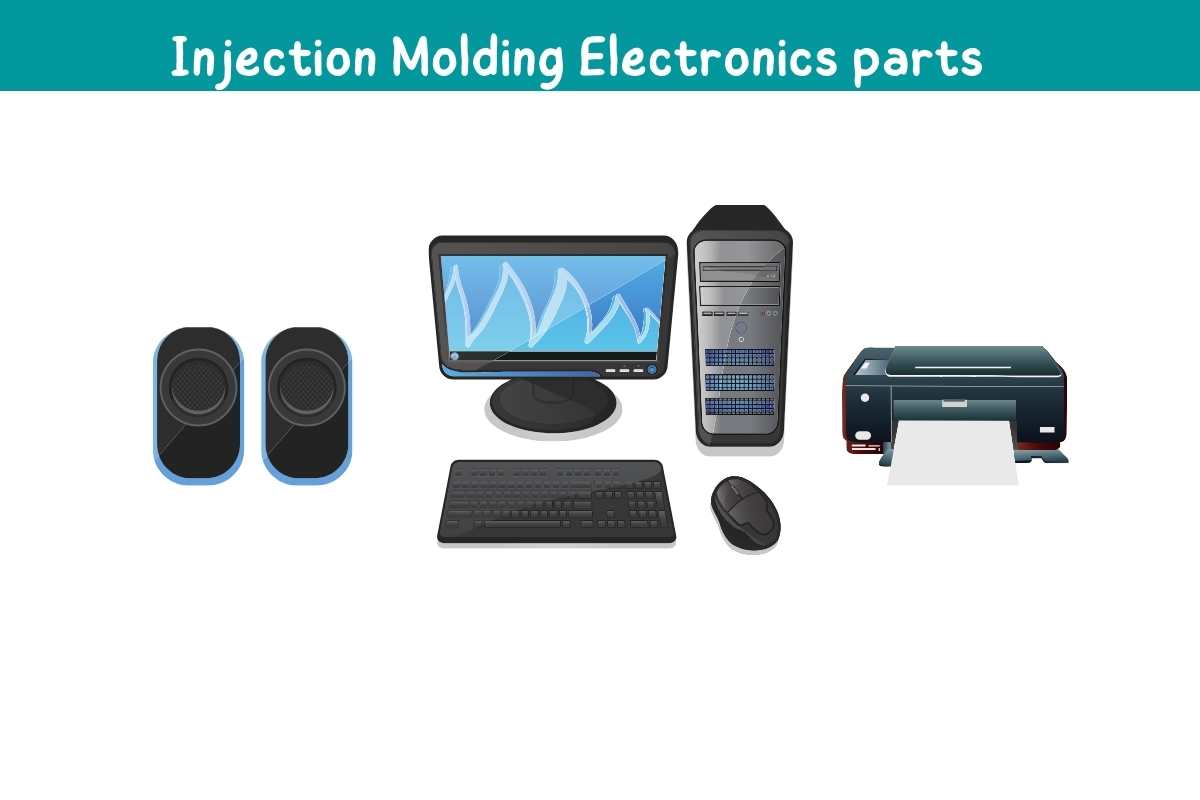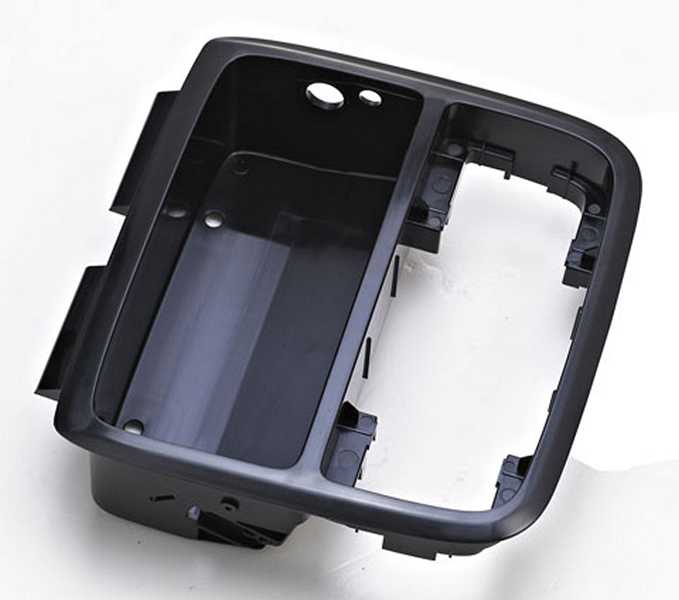What is Insert Molding
Insert molding, also called insert injection molding, or overmolding, involves placing a pre-formed object in a mold and covering it with plastic or another material to create a finished product. This method produces auto parts, medical devices, and consumer goods.
We will discuss insert injection molding’s benefits, materials, steps, applications, manufacturer issues, and future.

Advantages of Insert Molding
Insert molding has manufacturing benefits worth considering. This is one of its best features because it reduces assembly costs. Manufacturers can reduce assembly steps by combining two or more parts into one. This eliminates extra work and assembly errors.
Insert molding improves product reliability. The insert is enclosed in plastic or another material, making it less likely to fall out or be damaged. Better, the item may last longer and have fewer warranty claims.
Finally, insert injection molding allows more design options. Designers can create more complex shapes and features by combining multiple materials and parts into a component. Some think this will inspire more creative and attractive products.

plastic injection molding cost
Materials Used in Insert Molding
Metals, thermoplastics, elastomers, and composites can be insert molded. What material to use depends on cost, performance, and use.
Thermoplastics dominate insert injection molding. They are ideal for injection molding machines because they are flexible, easy to work with, and melt at low temperatures. In insert molding, thermoplastics like polypropylene, ABS, and polycarbonate are used.
Insert molding uses stretchy plastics like rubber and silicone. They are ideal for medical and automotive applications due to their flexibility and durability.
Metal insert molding can be used to make electrical contacts and other small parts in addition to plastic. Insert molding uses brass, copper, and stainless steel.
Finally, composites, which are made by mixing two or more materials, can be used in insert molding to make strong, stiff parts.
The Insert Injection Molding Process
Insert injection molding has several steps. The injection molding machine, mold design, insert placement, overmolding, cooling, and ejection are the steps.
The injection molding machine melts plastic or other material first. Material is then injected into the mold. Molds allow you to choose the shape and properties of the finished product and accommodate the insert.
After this, the insert goes into the plastic injection mold. Next, outside plastic or other material is molded over the insert. Overmolding requires carefully placing and orienting the insert so that the plastic or other material covers it.
The part must be cooled after overmolding to harden the plastic or other material. This is usually done with a water or oil cooling system.
Ejecting the part from the mold removes it and removes any excess material. After completion, the part is checked for quality and consistency.
Examples of insert molding applications
Insert molding produces many products. Products include consumer goods, medical devices, aerospace and defense, and auto parts.
The automotive industry uses insert injection molding to make knobs, switches, and electrical connectors. Door handles and instrument panels are also made using the method.
Medical device manufacturers use insert plastic molding to make connectors, needles, and catheters. Many medical device applications require different materials and complex geometries, which the process allows.
Aerospace and defense industries use insert plastic molding to make electrical connectors, sensors, and housings. This technique is also used to make strong, lightweight airplane and spaceship parts.
Electronics, toys, appliances, and more are made using insert molding. The method allows for complex parts and the use of different materials to improve function and appearance.
Challenges in Insert Molding
Insert molding has many benefits, but manufacturers must overcome some issues before using it. One of the hardest problems to solve is part design concerns. The insert’s design must be carefully considered to ensure proper placement, shape, performance, and appearance.
Material selection causes other issues. Consider how well the material will work, how much it will cost, and how well it will work with the other components when choosing it.
Another issue with insert molding is that inserts must be placed and oriented. Proper positioning and orientation are needed to fully encase the insert in plastic or other material and make it work properly.
Lastly, insert plastic molding tools and molds are difficult to maintain. Complex molds are used in this process and must be regularly checked and repaired to ensure high-quality parts.
Future of Insert Molding
All the new technologies and materials coming out soon make insert molding look promising. New materials that work better and are greener are a priority.
Another focus is insert molding automation and robotics. This will increase production speed, quality, and consistency.
Finally, the manufacturing industry is becoming more environmentally conscious. Insert injection molding reduces waste and extends product life. Consolidating several parts into one reduces assembly steps and materials.
Insert molding also benefits designers and manufacturers during the manufacturing process. Insert molding increases design flexibility, lowers assembly costs, and improves product reliability. Put different materials and parts into one segment.
Materials, technology, and sustainability are improving, so insert molding has a bright future. Manufacturers face challenges when using insert molding, but it has a bright future. Insert molding will remain important in manufacturing for many years for these reasons.
Contact us if you need mold suppliers for your insert molding project.


Recent Comments